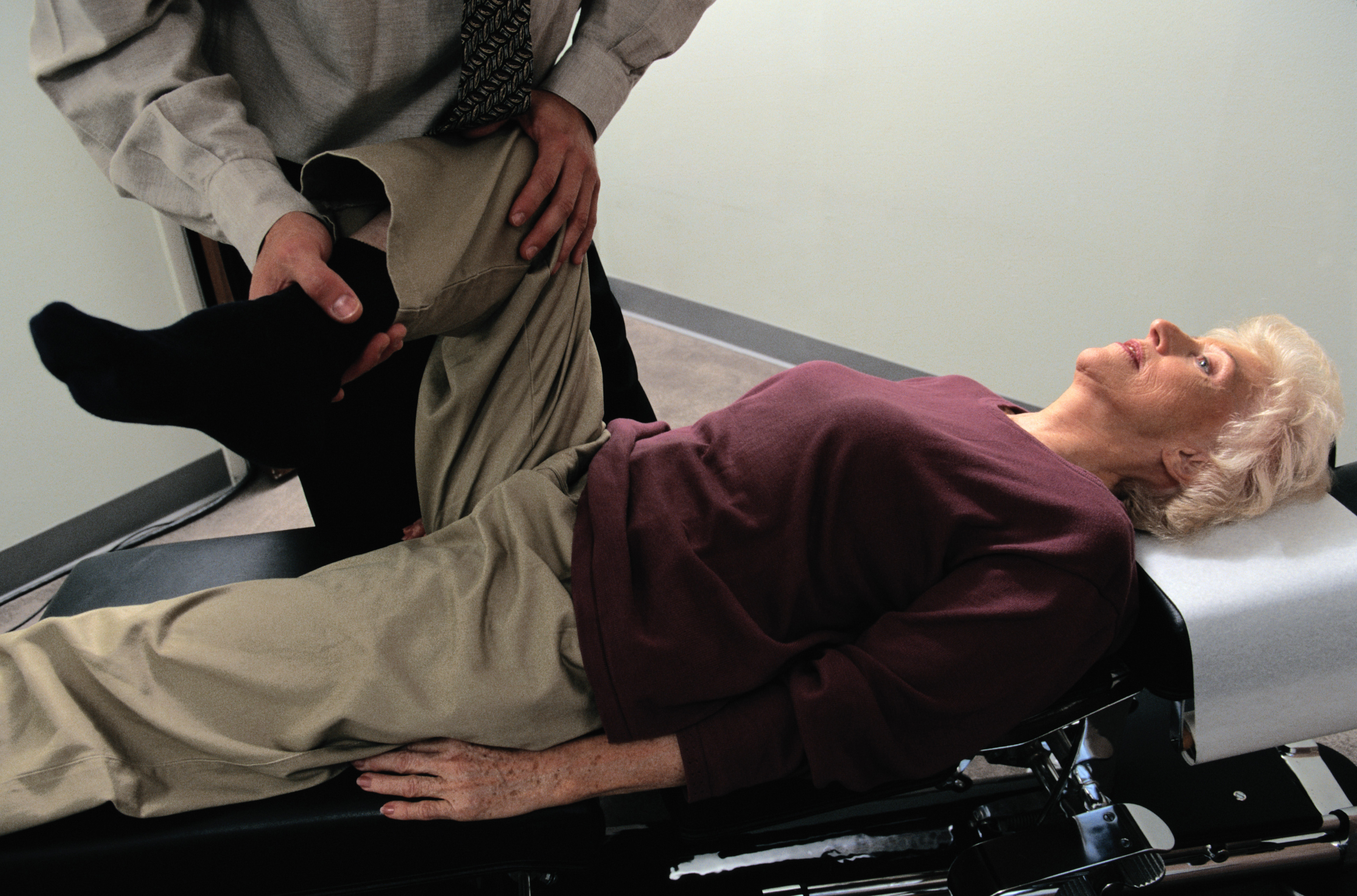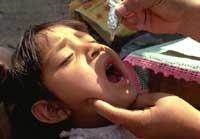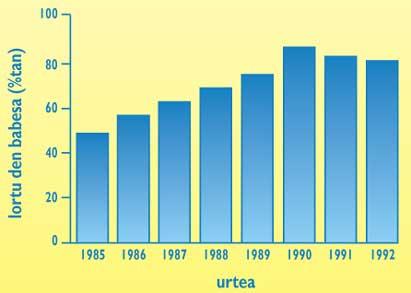Postpolar syndrome: problems and proposals
2015/10/24 Mario Feijoo Anakabe. - Euskadiko Polio Elkartearen lehendakaria. Iturria: Elhuyar aldizkaria

The problems of those with postpolar syndrome begin by definition. In fact, the definitions that are given are obstacles in the search for solutions to our problems, both in terms of health and the legislative aspects that then affect the social aspects.
In January 2010, the World Health Organization implemented the G-14 code in the ICD-10 version of the International Classification of Diseases, within the systematic atrophies that mainly affect the nervous system. It is also identified as a rare disease with the number ORPHA-2942.
Dr. Franz Nollet reviewed the definition and defined it as: “Postpolio syndrome or postpolar syndrome (PPS) is the term used to describe neuromuscular symptoms that may appear over many years, from the presence of acute paralytic polio. The prevalence assessed in newly initiated patients with the first neuromuscular symptoms of anterior polio ranges from 25% to 74%. Patients are diagnosed with PPS from the clinical history of a proven history of paralytic polio, its subsequent neurological recovery, partial or almost total, and a minimum functional stability of 15 years. After this recovery period, a new muscle problem is occurring, increasing muscle weakness or abnormal muscle fatigue (decreased endurance), with or without general fatigue, muscle atrophy, muscle pain and joint pain. Diagnosis of PPS is made by exclusion. Laboratory tests are used to demonstrate evidence of previous polio and rule out other diseases: electromyography (EMG) shows signs of reinervation and denervation of both symptomatic and non-symptomatic muscles. Muscle biopsy highlights the existence of muscle fibers grouped by reinervation, as well as hypertrophy of muscle fibers as compensation for the loss of muscle fibers. There is no curative treatment of PPS. Multidisciplinary management is preferable, with the aim of reducing muscle use and achieving a balance between demand and muscle capacity. To do this, it is necessary to perform exercises, use help devices and make lifestyle changes. The etiology of PPS is not clear. According to the current hypothesis, muscle fibers are affected by distal degeneration of axons in large motor units."
Congresses, explanatory
In 2014 the Conference on Pole and Postpolo Syndrome was held in Amsterdam, organized by the European Polio Union (UPR). Conference papers can be found at http://www.informed-scientist.org/congress/2nd-european-polio-conference
This year the congress was held in London on 25 May. The article entitled “Post-poliomyelitis Syndrome as a possible viral disease” summarizes all existing information on postpolar syndrome, with special emphasis on the possible chronic inflammation of people who have suffered polio, which has a physical and neurological effect on the decline of their health. It also raises hope among patients with postpolar syndrome, noting that the compounds being used to remove polio as a solution to postpolar syndrome are being investigated.
This document shows that in Spain there are 45,000 survivors after polio (0.1% of the 2014 population). But, at the same time, no reference is made to ratios of people with postpolar syndrome, who do not have this data. However, applying the ratio established in the definition, between 11,250-33,300 people would suffer from postpolar syndrome in Spain.
Applying the same criteria in the Autonomous Community of the Basque Country and the Autonomous Community of Navarra, the data would be: In the ACBC, 2,173 people have had polio and 543-1,609 have had postpolio syndrome, while in Navarra they would be 641 and 160-474 respectively.
It is estimated that about 2,000,000 people have suffered polio in Europe, which would cause between 500,000 and 1,480,000 to suffer from postpolar syndrome. It is estimated that in the world between 15,000,000 and 20,000,000 people can be found, which would imply a postpolar syndrome of 3,750,000 to 14,800,000.
Diagnosis and treatment
Professionals do not agree on the diagnosis of postpolar syndrome. It can be understandable that neurologists "committed to PPS" do not coincide, but professionals from other specialties or other professionals, especially doctors who act in the Medical Courts of Social Security (not necessarily neurologists), use as an excuse to question the existence of the disease itself (remember the WHO G-14 classification) and to question the professionalism of PS. And in Spain (also in the CAPV), today, while this happens, we who have symptoms get worse in the midst of that indifference and disharmony.
Diagnosis is made by exclusion. It is estimated that the motor capacity is reduced by 2% annually and occurs gradually and slowly.
It should be noted that not all patients have the same symptoms. According to studies, people with postpolar syndrome have muscle weakness, fatigue, joint pain, atrophy, cold intolerance, respiratory failure, dysphagia, swallowing disorders, agitation, urologic and depression.
Muscle weakness, fatigue and joint pain are the most common symptoms in patients (more than 85%)
Unfortunately, there is no treatment for postpolar syndrome. Neurologists "committed to PPS" agree that preventive actions are effective in stopping the progression of the disease. These preventive actions consist of interdisciplinary medical follow-up (at least every 6 months), lifestyle changes (proper physical and relaxing exercises, scheduled breaks, eating habits...)
To face this new stage, it is necessary that laws take into account the social, economic and labor aspects that can help change the lives of patients, since they do not currently take into account them. And along with it, psychological support is necessary.
Most patients believe that governments prefer not to do anything and wait for time to advance and disappear, thus avoiding the need to establish a socio-health policy for those affected by postpolar syndrome.
Government debt
In 1955 there were polio vaccines, but the government of General Franco decided not to vaccinate massively until 1963. The causes were the lack of money (each vaccine cost 27 pesetas); the refusal to endanger the health of children after the "Cutter", in which defective vaccines were given to children, the refusal to endanger the health of children (in other countries vaccination programs were paralyzed for two months prepared as a result of the event, but were reactivated when the vaccination part prepared for the problem was clarified); the lack of infrastructure Massive vaccinations of other diseases in Spain before 1955)
We do not believe that these reasons are true. In March 1958, the Government declared that there were no polio epidemics in Spain and in 1959 the epidemic reached its highest level in Spain. They just said a lie. But, then, what happened so that from 1955 there would be no mass vaccination? We don't know and we won't know until the 1968 secret law, still in force in 2015, has been repealed and researchers have access to the archives.
The consequences of this indifferent decision of the Government are the consequences of the patients who have had the pole and have the postpolar syndrome. As a "victim" of Franco, we believe that the current government, heir to Franco's government, is indebted to us 60 years ago.
Francoism destroyed our lives, but the democratic period has its responsibility as to the contempt and neglect we live. In 2002, the Spanish Parliament unanimously asked the Carlos III Health Institute to prepare a report on the situation of postpolar syndrome. The report was drafted and presented, but since then neither the government nor the political parties have done anything about it (the IU became interested and recently the PSOE has submitted a non-law proposal to modify RD 1851/2009)
Requirements
The demands are mainly focused on the implementation of socio-health policies for the care of Polish patients with post-Polish syndrome.
Applications can be classified into three sections. On the one hand, the consideration of postpolar syndrome as a disease by the competent bodies and institutions and, in addition, giving due importance to its effects.
On the other hand, the Head of State and the Government: Recognize the indifference that the Spanish government had in relation to the polio epidemic between 1955 and 1963; recover historical memory; and compensate it for the consequences of governmental indifference, whose late effects and postpolar syndrome are its expression.
Finally, based on the report prepared by the Carlos III Institute of Health, certified by the Parliament and led by the Government (and regional governments with competences), establish working groups to work on health, legal, social, economic and labor aspects.
In addition, to treat the situation of patients with postpolar syndrome, at least polio and postpolar syndrome associations should have room in the working groups.
Finally, it must be taken into account that polio, in principle, is overcome. We must remember that risk continues to exist and that there is no need to act lightly, as recommended by WHO in 2014, since in Europe there are 20,000,000 children without anti-polar vaccination (80,000 of them in Spain). In addition, as a result of globalization, the mobility of people in the world is great (today there are countries that have not managed to eliminate polio).

Gai honi buruzko eduki gehiago
Elhuyarrek garatutako teknologia






